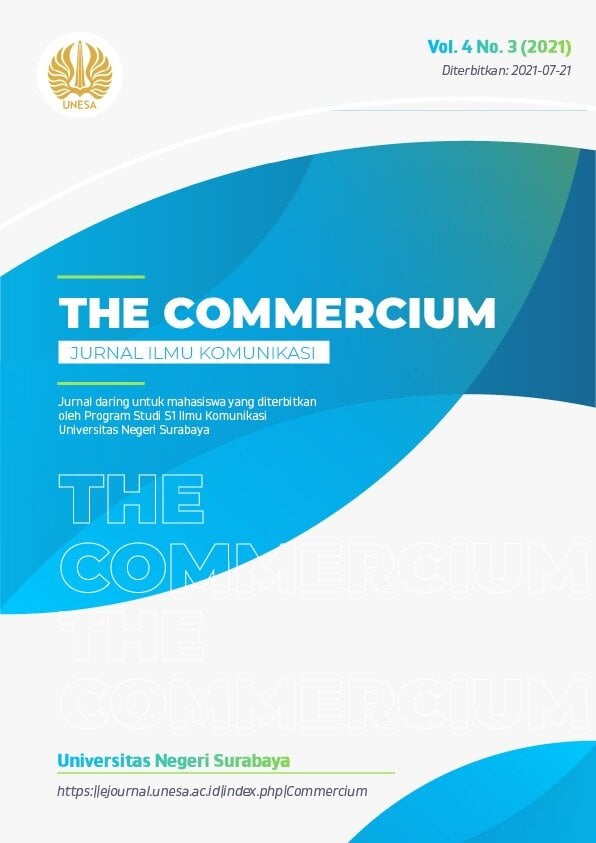REPRESENTASI DEPRESI DALAM FILM BERJUDUL "NANTI KITA CERITA TENTANG HARI INI"
DOI:
https://doi.org/10.26740/tc.v5i1.44635Unduhan
Data unduhan belum tersedia.
Unduhan
Diterbitkan
2022-01-20
Cara Mengutip
Setioningtyas, N. A. (2022). REPRESENTASI DEPRESI DALAM FILM BERJUDUL "NANTI KITA CERITA TENTANG HARI INI". The Commercium, 5(1), 95–113. https://doi.org/10.26740/tc.v5i1.44635
Terbitan
Bagian
Articles
 Abstract views: 469
,
Abstract views: 469
, PDF Downloads: 1703
PDF Downloads: 1703

